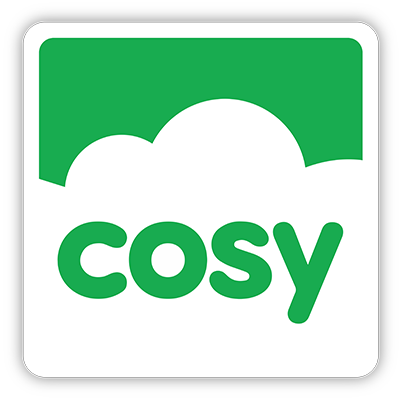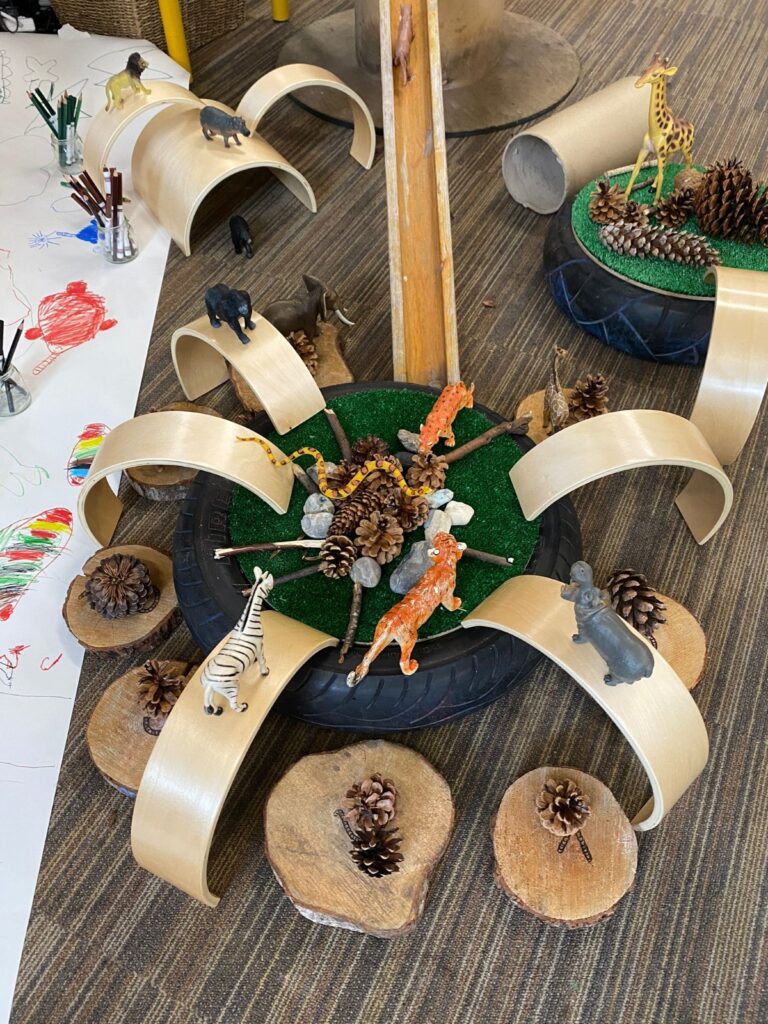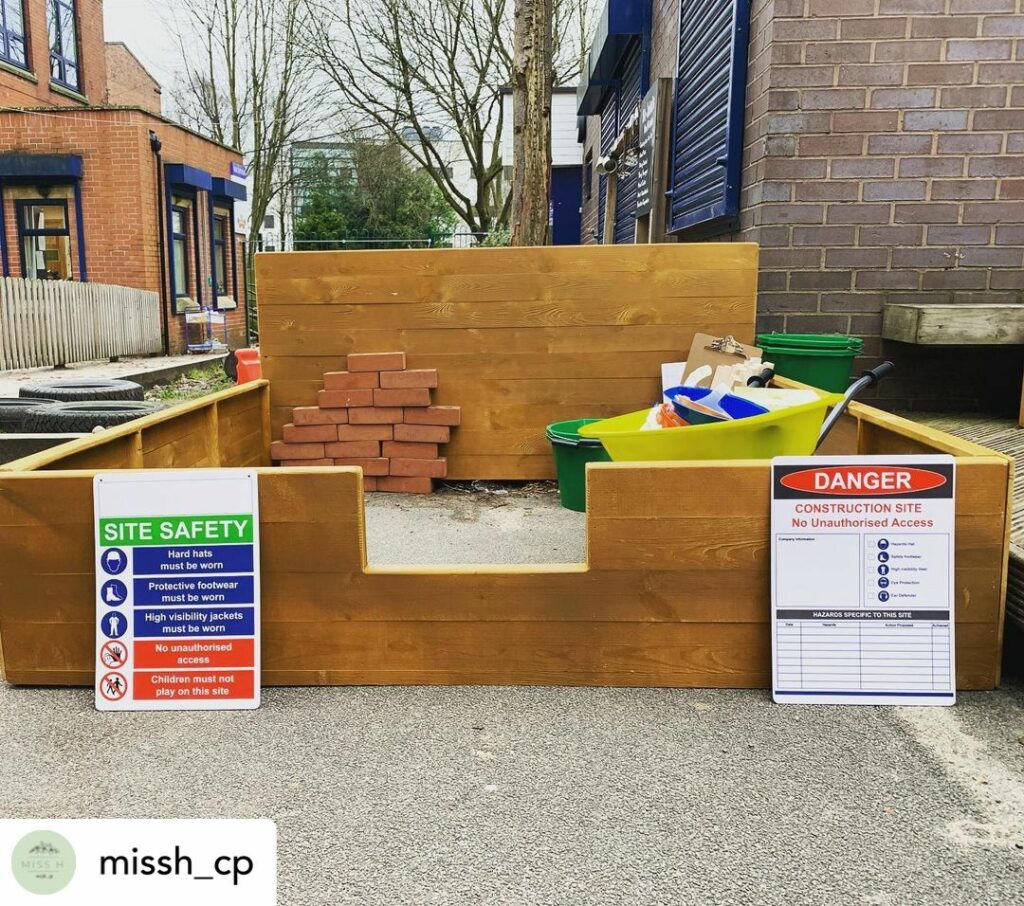Construction Play
Children love construction play. As they play, they are building a myriad of skills which feed into all areas of learning and development in the Early Years Foundation Stage (EYFS). Construction play, however, should never be limited just to the EYFS - not only is it fun but can impact on learning linked to the National Curriculum.
Please see links below for more information
Birth to Five Matters
Early Years Foundation Stage (EYFS)
The National Curriculum

What do we mean by 'construction play'?
The term is very broad and can be on both a large and small scale. It's a way for children to get creative with resources, joining them together to construct and build. On a small scale, this could be Lego blocks, natural loose parts, play dough, clay, However, on a bigger scale, this can include large loose parts such as planks, cable reels, guttering, rope, logs and tarpaulin. The key is in the play being open-ended, so there is no right or wrong outcome. Children are free to explore, experiment, test out ideas and be creative.
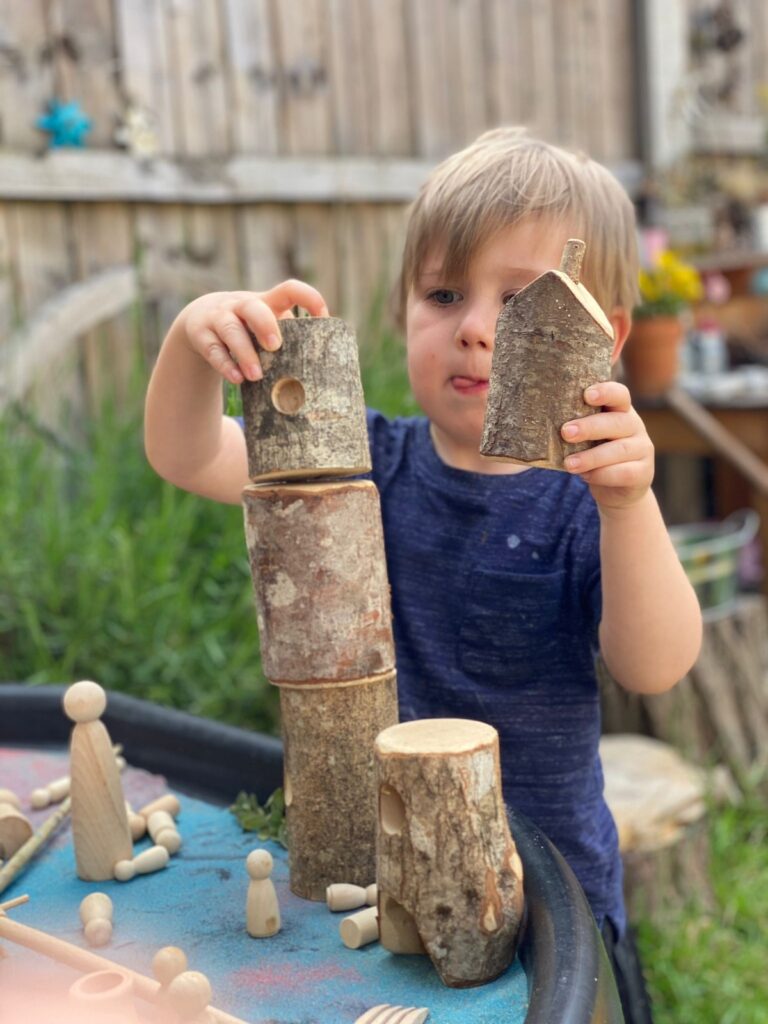
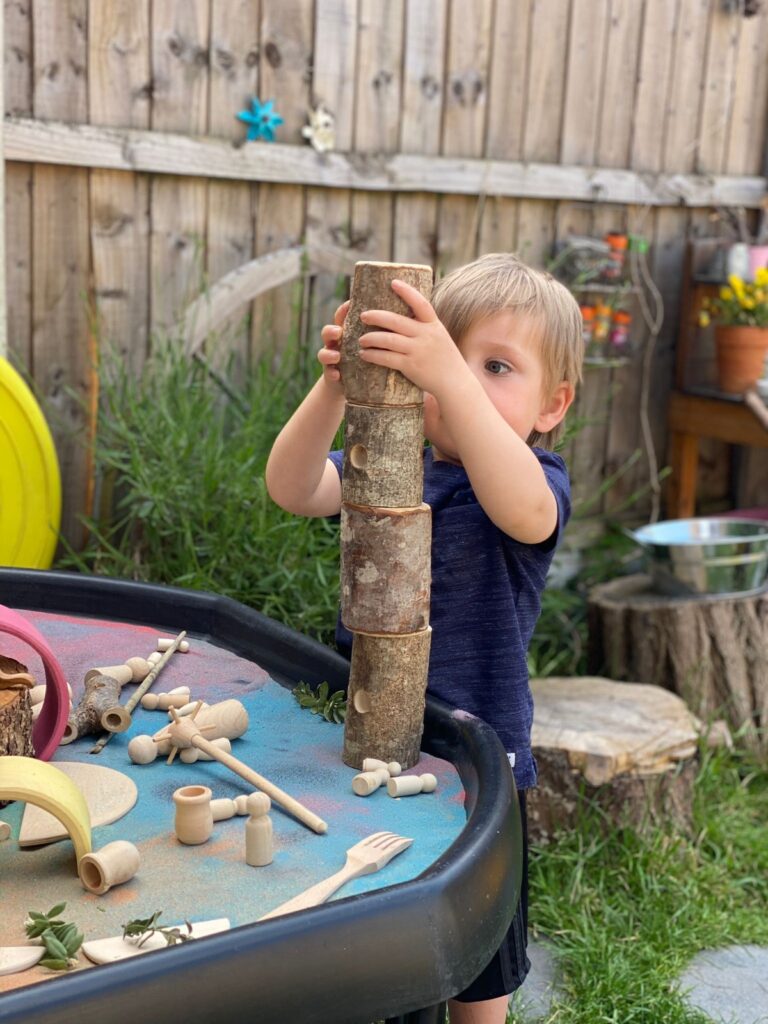
Construction play can be a way of experimenting, thinking about ways of assembling, joining, taking apart, stacking and putting back together. Children can test out ideas in a safe environment, without fear of getting it wrong.
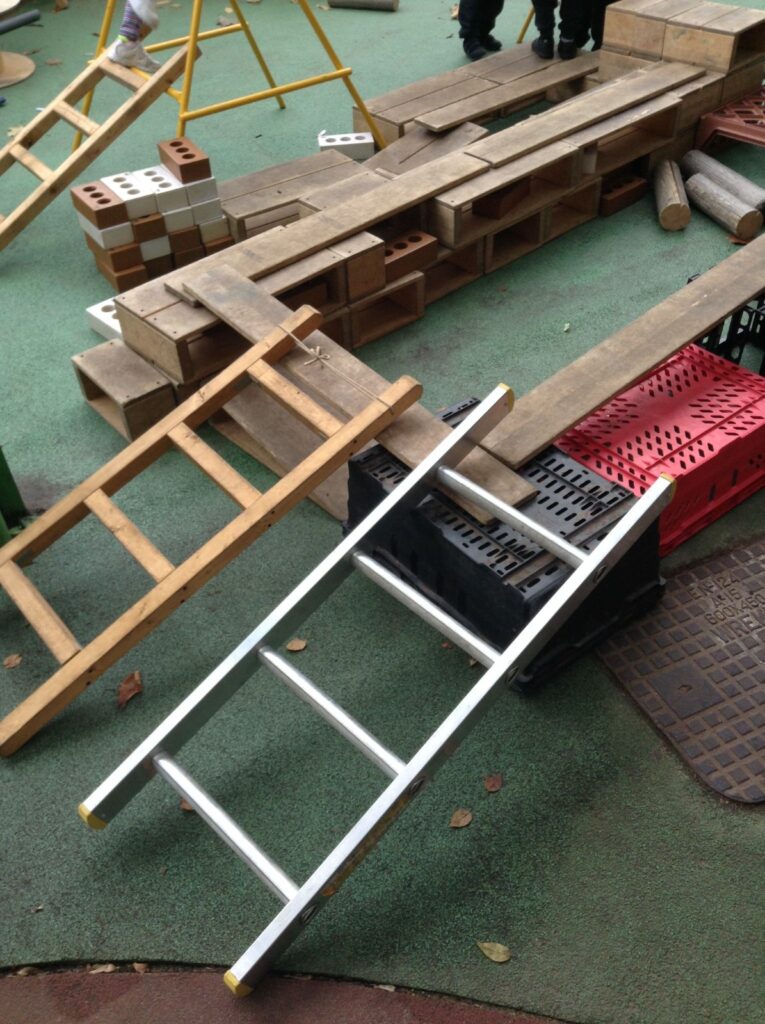
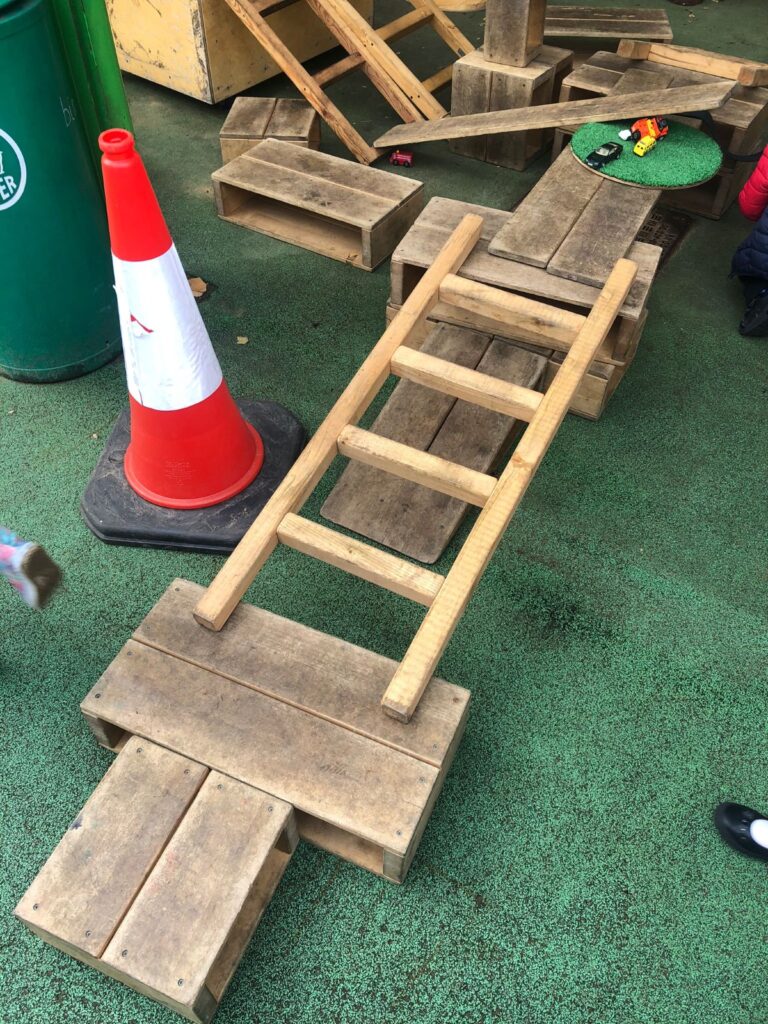
What are the benefits of construction play?
They are huge and wide-ranging! A benefit of this type of play lies in the way children engage, placing emphasis on how they engage which is just as important as what they create - think process as well as product.
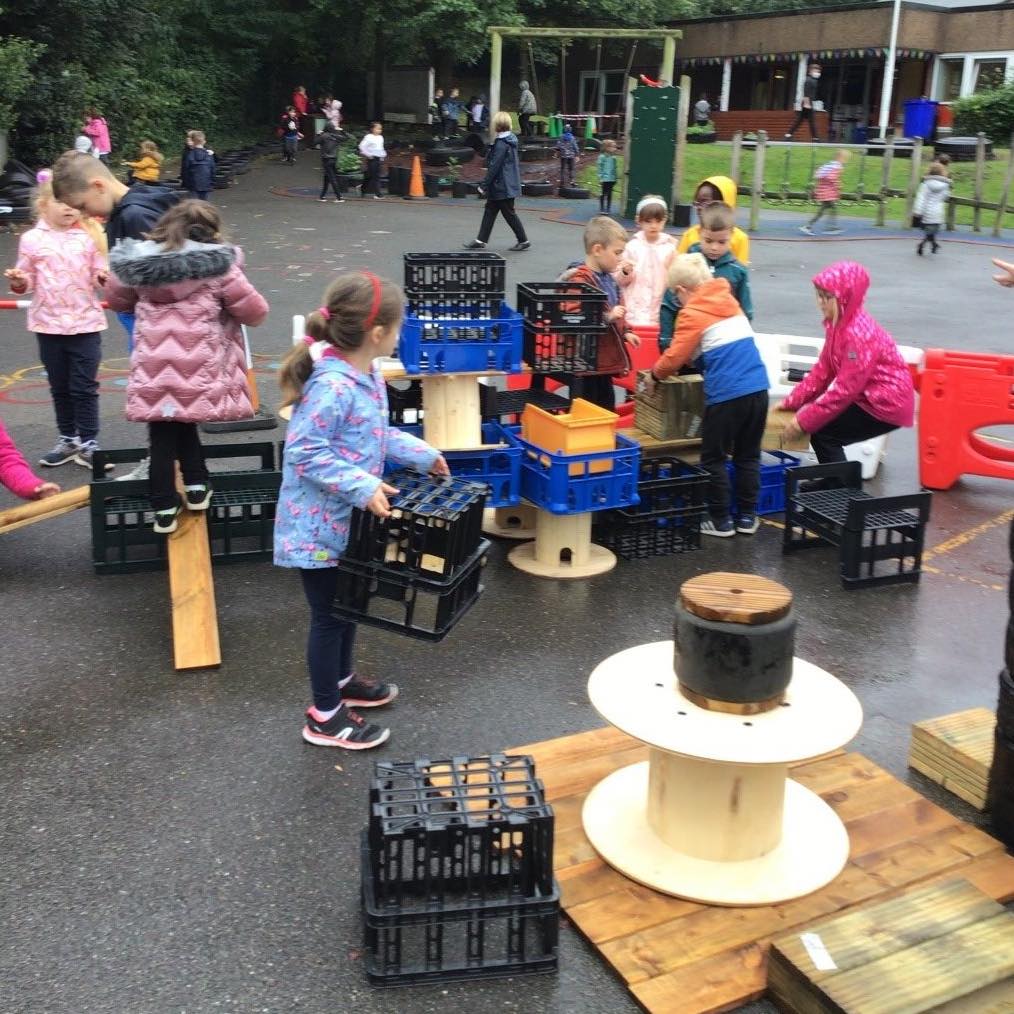
With small scale construction play, children are developing their fine motor skills. They are building strength in the small muscles in their hands and fingers as they join resources together. In doing so, they are also developing dexterity, hand-eye coordination and practising making precise movements. With larger scale play, it is the gross motor skills which are being enhanced. Moving around and manipulating bigger objects helps children build strength in their arms, legs and core. They learn to negotiate the space around them.

Both types of construction play are beneficial in helping children develop problem-solving skills, critical thinking and concentration. It is a way for children to have a sense of ownership over their play as they construct whatever they like, sometimes with a purpose and sometimes without. This allows for flexible thinking as children engage creatively and experiment through trial and error.
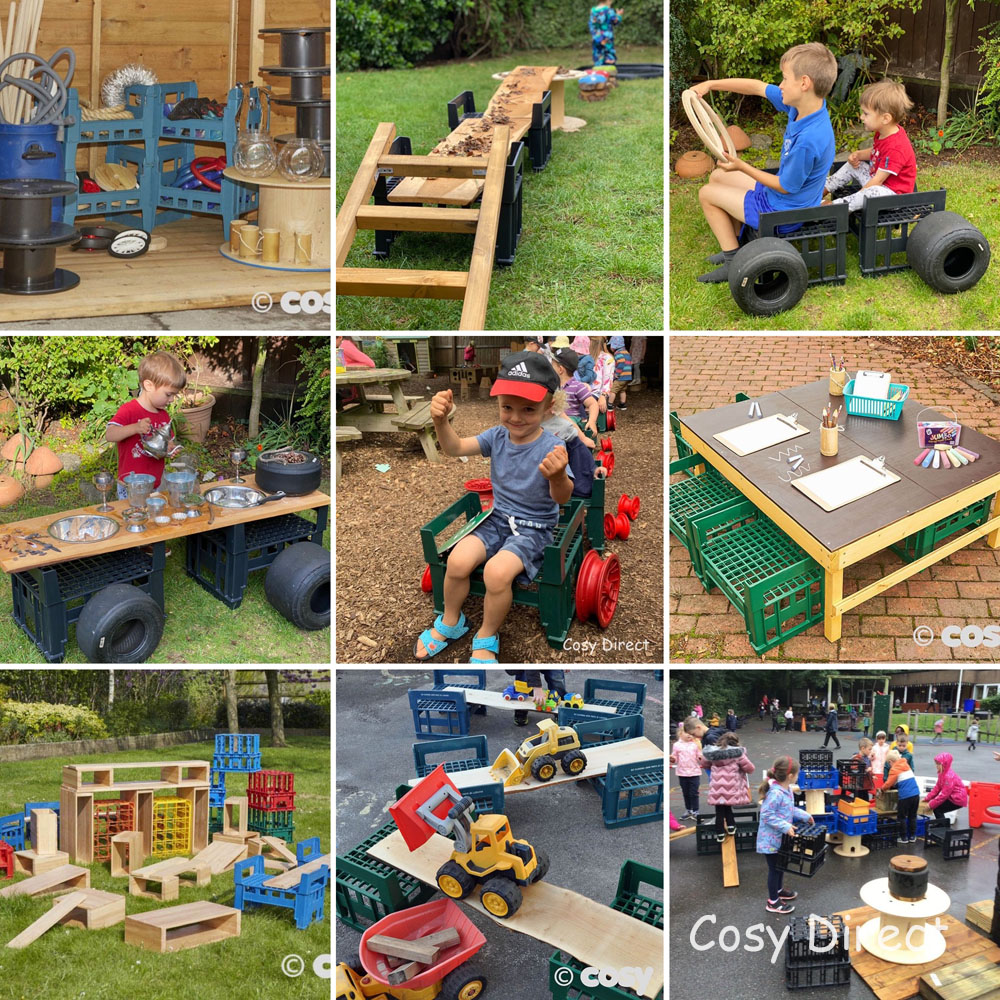
Construction play is a fantastic means of developing language in the Early Years. By its nature, the construction area tends to be a popular space to play. Because of this, it's an activity whereby children learn to cooperate, collaborate, take turns, negotiate and be tolerant, all impacting on their personal, social and emotional development. However, alongside this, children are communicating as they share ideas, make plans together, wonder out loud and play along to a narrative. All of this helps develop children's speaking, understanding and listening skills in a fun, hands-on and playful way.
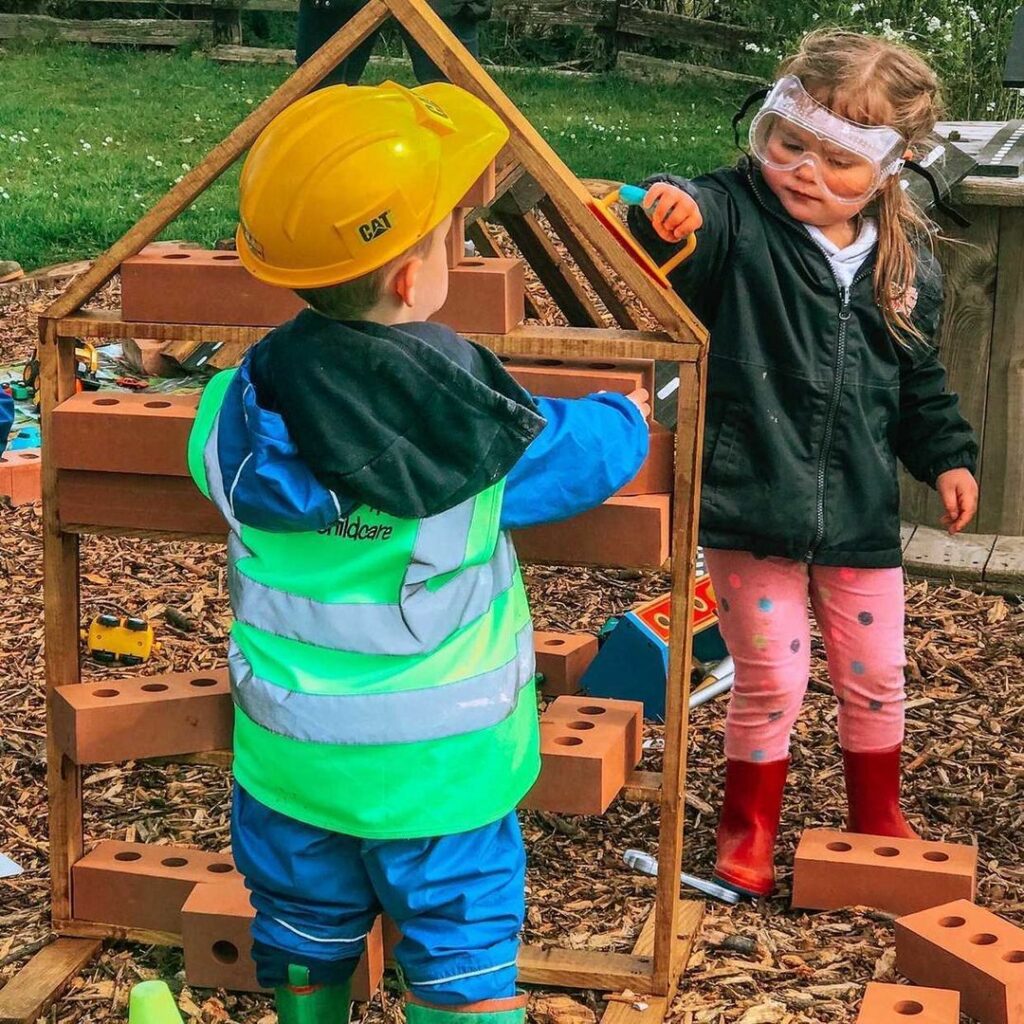
It's also a great way for us, as educators, to model language as we co-play with children. There are opportunities to bring in shape names, positional language, number and size. However, this type of play belongs to the child - rather than impose learning outcomes and thereby interrupt the nature of free play, we can instead be a co-player. In doing so, we are following the child's lead, enabling them to retain control over the play. Rather than questioning the child to bring in 'learning, we can engage in sustained shared thinking. This is where the adult and child, or group of children, think and wonder together as they play and explore. Adults encourage language by introducing a narrative or asking 'I wonder' or 'Let's think about how....' In this way, children can contribute their ideas, problem solve and clarify their thinking without the pressure to give a correct answer.
As construction play is an open-ended activity, there is no definitive end. Through hands-on, exploratory play, children are making sense of the world around them.

What resources do we need?
Construction play can be very loosely interpreted and therefore many settings already have a wealth of resources at hand for children to get creative with. Some ideas include:
- Car tyres
- H crates
- Wooden blocks
- Tiles
- Natural materials - sticks, pebbles, shells, conkers, acorns, leaves, cones.
- Cardboard boxes



The role of the adult...
Your role is to facilitate an environment rich in opportunities for construction play, indoors and outdoors. The resources should be easily accessible and encourage inclusive play for all children. A value of construction play is that children can easily lead the play but can also invite us in to join them. When this happens, the child should continue to direct the play otherwise it loses it's playfulness. Instead, it's preferable to observe children playing, reflecting on how they are using the resources and whether any enhancements can be made. Consider...
- Linking the play to books
- Including writing materials for the children to make plans
- Leaving the resources out for another day of play rather than being in a rush to tidy them away
- Asking families for donations of items that might be unused at home - food packaging, fabric, craft materials, cardboard tubes
- Den making materials
Most of all, construction play is a fun way for children to learn and practise their skills. Whether constructing alone or with peers, this type of play can really absorb children in the moment. Stand back and observe as they showcase their amazing creativity!







We hope that you have got lots of ideas to take away from this construction play post.
Don’t forget to share your activities with us on our social channels!
Facebook: https://www.facebook.com/cosydirect/
Twitter: https://twitter.com/cosydirect
Instagram: https://www.instagram.com/cosydirect/
With thanks to The Cosy Creatives for this blog post.
